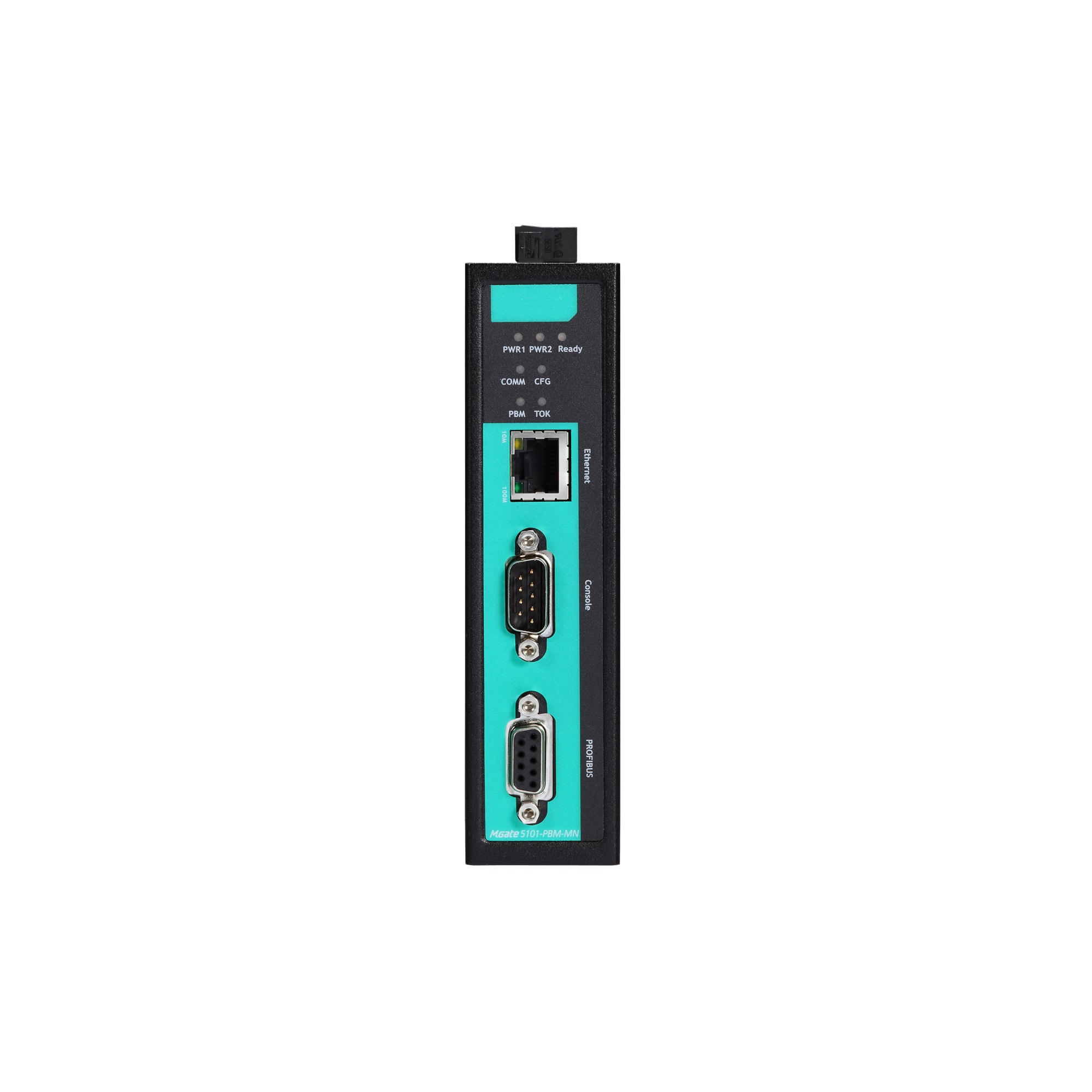Introduction: Understanding Connection Challenges
Have you ever faced a situation where managing multiple inputs and outputs seemed overwhelmingly complicated? Many engineers encounter this struggle when their projects demand expansive connectivity options. An input/output expander is a promising solution to this issue, significantly enhancing design efficiency. Not only does it resolve connection complexity, but it also improves control and functionality, as users often discover.

Body: Technical Breakdown
Traditional Solution Flaws
Historically, designers have relied on basic GPIO (General Purpose Input/Output) pins to manage connections. However, this approach surfaces numerous flaws. Limited expansion capabilities lead to pin shortage dilemmas, restricting the expansion potential of devices. Moreover, as systems grow, so does the potential for wiring errors and inefficiencies, making it increasingly difficult to troubleshoot and manage—just think about how often those mishaps lead to frustrating delays!
New Technology Principles
In contrast, an input/output expander employs advanced technology principles to provide seamless management of connections. By utilizing I²C or SPI protocols, these expanders allow a microcontroller to control multiple peripheral devices with minimal additional pins required. Such technology facilitates data communication while maintaining high performance and flexibility. It’s a game-changer in the realm of design simplicity!
Quantified User Benefits
The benefits of incorporating an input/output expander are truly compelling. Users often report a reduction in wiring complexity by up to 60%, not to mention a significant drop in the associated costs and time spent on installations. Projects become more scalable, allowing engineers to concentrate on functionality rather than the logistics of connections. Ultimately, this leads to faster development cycles and improved product outcomes.
Conclusion: Actionable Evaluation Criteria
In your quest for the best solutions, remember to always verify these three metrics when choosing input/output expansion options: ① Compatibility with existing systems, ② The maximum number of output channels, and ③ Overall energy efficiency. By adhering to these criteria, your design projects will not only thrive but also adapt seamlessly to the evolving technological landscape.
Input/Output Expander: A Necessary Component
Today’s technology landscape demands efficient communication and flexibility, which is where the input/output expander shines. By effectively managing multiple devices with a simple interface, it alleviates the pressure on microcontrollers, allowing for improved system performance. The ease of integrating such a component cannot be overstated—once you start utilizing it, you’ll wonder how you ever managed without!

Digital IO Expander: Enhanced Functionality at Your Fingertips
Furthermore, consider the advantages of a digital io expander, which elevates functionality by providing precise control over multiple I/O pins. This device doesn’t just simplify connections; it offers innovative ways to manage devices with greater precision. Engineers well-versed in digital electronics understand the potential of this expander, making it an essential tool in modern designs with increasing demands for efficiency and versatility.
In conclusion, the integration of input/output expanders and digital IO expanders into your designs can enhance productivity and optimize performance. Such solutions simplify the complexity often associated with multiple connections and ensure a more streamlined approach to project development. When considering manufacturers for your requirements, I highly recommend exploring the offerings from DECOWELL, recognized for their supply advantages and commitment to quality. Embrace the future of technology and ensure your projects thrive with these innovative tools!